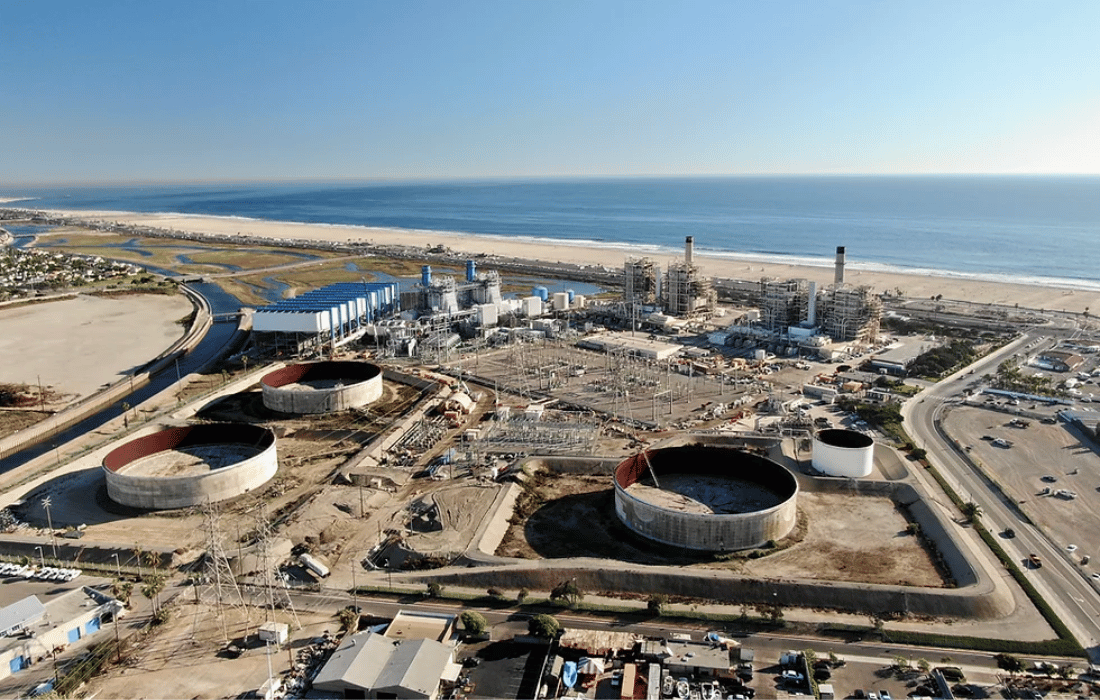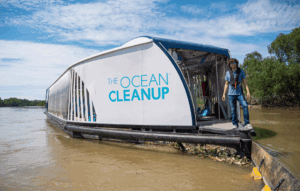Picture this: a sprawling coastal development in one of California’s most iconic beach towns, promising new housing, hotels, and public spaces. Sounds great, right? But what if I told you this development is happening on land adjacent to a known toxic waste site, where industrial chemicals have seeped into the ground for decades? What if the very air you breathe and the soil you walk on carried the legacy of environmental neglect, with potential health hazards ranging from respiratory diseases to cancer?
That’s exactly the situation unfolding in Huntington Beach, California, where the Magnolia Tank Farm project is pushing forward despite serious concerns from environmental groups, scientists, and local residents.
The Huntington Beach City Council has approved the development, but not everyone is celebrating. Activists warn that this decision prioritizes economic gains over human health, while government agencies seem to be turning a blind eye to long-term risks. So, what’s the deal with the Magnolia Tank Farm? And why is this development sparking outrage? Let’s break it down in detail.
The Magnolia Tank Farm: A Brief History
To understand the controversy, we first need to understand what the Magnolia Tank Farm was—and still is beneath the surface.
A Legacy of Petroleum and Pollution

For over four decades (1972-2013), the Magnolia Tank Farm served as a massive petroleum storage facility, holding millions of gallons of fuel in giant tanks. While the tanks have been removed, the lingering contamination from years of fuel storage and industrial activity remains deeply embedded in the soil and groundwater. Adding to the problem, the site sits adjacent to the Ascon Landfill, a Superfund site that was used for oil waste disposal from 1938 to 1984. This means that even before the tank farm existed, the surrounding land was already burdened with industrial toxins.
Residents near the Ascon site have long expressed concerns about exposure to these contaminants. “They’re ignoring the known health risks in favor of appeasing our governor who wants affordable housing,” said Nancy Buchoz, a local resident who has lived within a block of Ascon for 32 years. She has personally experienced adverse health effects and remains skeptical about the site’s safety.
"They chose to ignore all the concerns of the community. Your eyes are burning. Your throat is burning. You have a sinus infection. A lot of people had the same symptoms, and we started talking and wondering if it was because of that because we could smell it all the time."
Nancy Buchoz, per Orange Country Lawyers
These reports highlight the ongoing risks associated with the toxic legacy of this land.
What’s in the Soil and Air? A Toxic Breakdown
xThe land at and around Magnolia Tank Farm contains multiple dangerous substances, many of which are known to cause severe health effects. Let’s take a closer look at the main culprits:
1. Volatile Organic Compounds (VOCs)
VOCs are chemicals that easily become vapors or gases, often originating from petroleum waste. They can enter the body through inhalation, skin contact, or contaminated water. Exposure to high levels of VOCs can lead to short-term effects such as dizziness, headaches, nausea, and irritation of the eyes, nose, and throat.
Long-term exposure can result in chronic illnesses including liver and kidney damage, nervous system disorders, hormonal imbalances, and increased risk of multiple cancers. Benzene, a common VOC at industrial sites, is a known carcinogen that has been directly linked to leukemia and other blood disorders.
2. Petroleum Hydrocarbons
Petroleum hydrocarbons include a mix of toxic compounds found in crude oil and fuel residues. These compounds persist in the soil and groundwater long after spills occur. When inhaled or absorbed through the skin, they can contribute to respiratory illnesses, hormonal disruptions, immune system suppression, and liver damage.
The most concerning hydrocarbons, polycyclic aromatic hydrocarbons (PAHs), are linked to DNA mutations, reproductive issues, and carcinogenic effects. Long-term exposure has been associated with an increased risk of lung, skin, and bladder cancer. Children, who are more sensitive to environmental toxins, face heightened risks of developmental issues when exposed to PAHs.
3. Heavy Metals (Lead, Arsenic, Mercury, Cadmium)
Heavy metals accumulate in soil and water and have severe biological consequences. Lead exposure, even at low levels, can impair brain development, lower IQ, and cause behavioral problems in children. Arsenic, commonly found in industrial waste, is associated with cardiovascular diseases, neurological damage, and multiple forms of cancer.
Mercury is a neurotoxin that affects brain function, particularly in young children and developing fetuses, leading to cognitive impairment, memory issues, and motor dysfunction. Cadmium exposure weakens bones, increases the risk of lung disease, and contributes to kidney failure. Unlike organic pollutants, heavy metals do not break down over time, meaning that contamination remains a persistent hazard for future generations.
4. Benzene, Toluene, and Xylene (BTX Compounds)
These compounds are found in gasoline and industrial solvents and are especially hazardous because they volatilize easily, leading to high concentrations in indoor air. Benzene exposure disrupts blood production, leading to anemia, immune system suppression, and a significantly increased risk of leukemia. Toluene affects the central nervous system, causing headaches, fatigue, and memory problems. Xylene is a known neurotoxin that damages brain cells and impairs coordination.
Chronic exposure to BTX compounds has also been linked to reproductive harm, with studies showing increased miscarriage rates and birth defects in populations living near contaminated sites. Now, imagine building homes, hotels, and public parks directly on top of this toxic stew. Would you feel safe raising a family here?
The Health Fallout: What Residents Can Expect
Environmental experts and public health advocates are deeply concerned about the potential health crisis that could emerge if people start living and working in this area.
1. Breathing in Toxic Air
Even if cleanup efforts remove some contaminants from the soil, VOCs and other toxins don’t stay underground. They can evaporate into the air, exposing residents and workers to harmful levels of pollution. People living or working near the site may experience persistent respiratory issues (asthma, bronchitis, sinus infections), chronic fatigue and headaches, and neurological problems (dizziness, confusion, memory loss).
2. Drinking Contaminated Water
Contaminants from the Ascon Landfill have already leached into groundwater, and there is concern that the new development could exacerbate the spread of toxins into Huntington Beach’s water supply. Heavy metals, VOCs, and other pollutants in groundwater have been linked to kidney disease, liver damage, and reproductive issues (infertility, birth defects).
The Environmental Disaster Waiting to Happen
Developing on contaminated land doesn’t just pose risks to human health—it can also lead to widespread environmental consequences. From soil instability to the destruction of vital coastal wetlands, the ripple effects of poor planning can extend far beyond the immediate site, impacting surrounding communities and ecosystems.
1. Flood Risks and Soil Instability
The development is also at high risk for flooding and soil liquefaction, meaning that during an earthquake or major storm, the ground could literally turn to quicksand. This not only makes the site unsafe for construction but could release buried toxins back into the environment.
2. Wildlife and Wetlands at Risk
The development sits close to coastal wetlands, which act as natural filtration systems for toxins. Destroying or disturbing these wetlands could further increase toxin runoff into the ocean, harming marine life and making local waters unsafe for recreation.
Why Is This Development Moving Forward?
Despite all these concerns, the project is still moving ahead. Why? Big money interests, political pressure, and short-term economic benefits. Many believe that the decision to greenlight this project is a classic case of profit over people—and the consequences could be catastrophic.
Final Thoughts: Is This the Next Environmental Disaster?
The Magnolia Tank Farm development is being marketed as a “model for sustainable living”, but in reality, it may become a case study in environmental negligence. The combination of toxic soil, polluted air, and groundwater contamination makes this site one of the riskiest places to build homes and hotels.
Would you be comfortable living here? The future residents of Magnolia Tank Farm deserve better. Feel free to comment below with your thoughts, concerns, or questions!








